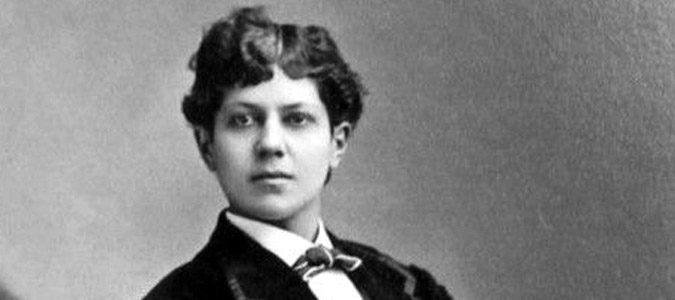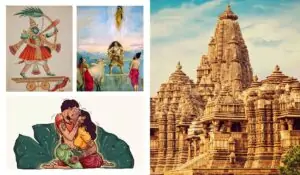Exploring the evolution of language is similar to unwinding an intricate web of history, culture, and identity. Each word in LGBTQ+ terminology represents a tale of resilience, hardship, and joy. From ancient Greece to the present day, the lexicon of lesbian terminology has developed to reflect cultural beliefs, political movements, and individual experiences. Join us on a journey through time as we explore the origins, meanings, and significance of major terminology that have influenced the lesbian history and LGBTQ+ community.
Sappho and Lesbian Terms (c. 630 BCE – Present):

Our journey begins with Sappho, an ancient Greek poet whose name has come to represent female love. Her home on the island of Lesbos gave rise to the name “Sapphic,” opening the way for “lesbian” to enter the language as a descriptor for queer women (c. 630 BCE – Present). Sappho’s poetry, full of loving regard for other women, established the groundwork for a legacy that still resonates today.
Lesbian Rule and Tribade (c. 335 – 323 BCE, 1601):

In the field of craftsmanship, the phrase “Lesbian Rule” took on a figurative meaing, representing flexibility and adaptation (c. 335 – 323 BCE). Meanwhile, the term “tribade” first appeared in 1601 as a description of lesbians, with roots in Latin and Greek. These phrases, albeit antiquated, provide insight into past attitudes regarding same-sex relationships and the language used to describe them.
Travesti and The Game of Flats (1660, 1654 – 1715):

The theatrical term “travesti” describes the practice of male actors impersonating female characters, which reflects cultural standards that historically prohibited women from performing on stage (1660). Similarly, “The Game of Flats” is a euphemism for lesbian intercourse, demonstrating language’s creativity in conveying forbidden topics (1654-1715).
The Emergence of “Lesbian” (1732):

It wasn’t until 1732 that the term “Lesbian” took on its current meaning, taken from the island of Lesbos and related with Sappho’s poetry. Despite its early use in reference to the island, the phrase evolved over centuries to become synonymous with same-sex desire, eventually appearing in the Oxford English Dictionary in the twentieth century.
Tommy and Queer (1773, 1824):

In the late 18th century, “Tommy” became a slang name for masculine women (1773). Meanwhile, in Anne Lister’s coded journals, the term “queer” took on an unexpected meaning in reference to the vulva (1824). These phrases provide insight into the different experiences and identities of the LGBTQ+ community.
Sapphist, Uranian, and Homosexual (1840s, 1864, 1868):

During the Victorian era, “Sapphist” was used to describe lesbians, reflecting cultural sentiments against same-sex partnerships in the 1840s. Meanwhile, “Uranian” became a name for homosexual males, invented by Karl Heinrich Ulrichs in his seminal work on gay rights (1864). The term “homosexual” later entered the everyday vocabulary, indicating a shift towards medicalized views on sexuality (1868).
Boston Marriage and Lavender Marriage (1886, 1920s):

The phrase “Boston Marriage” was coined in 1886 to describe long-term relationships between women, frequently in place of traditional marriage. Meanwhile, “lavender marriage” emerged in Hollywood as a cover for same-sex partnerships in response to society and industry pressures (1920s).
Friend of Dorothy and The Sewing Circle (1930s):

The term “Friend of Dorothy” first appeared as a code for gay males in the 1930s. Similarly, “The Sewing Circle” provided assistance and friendship to lesbian and bisexual actresses in Hollywood throughout the 1930s.
As we reflect on our journey through lesbian and Queer terminology, we recognise language’s ability to define identity, foster community, and challenge social conventions. From ancient poets to present campaigners, each phrase bears a history of strength and dignity. As we accept our chosen phrases, let us acknowledge the rich tapestry of LGBTQ+ language and continue to write new chapters in its ever-changing story.
Next Read: 25 Indian LGBTQIA+ Milestones From Pre-1900s to Present



